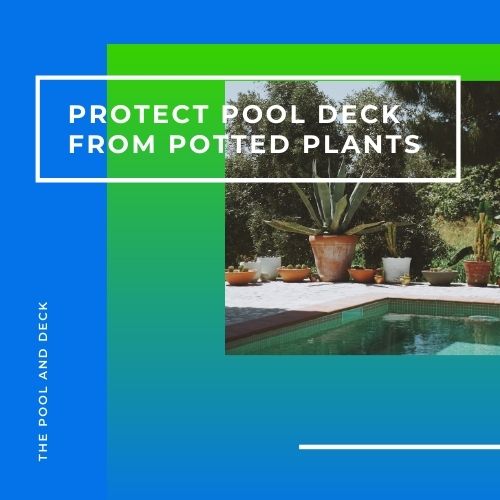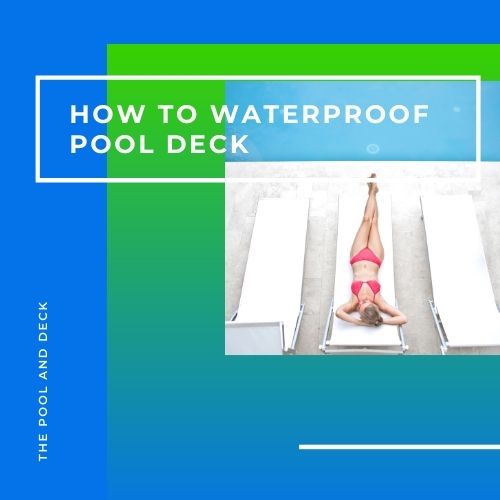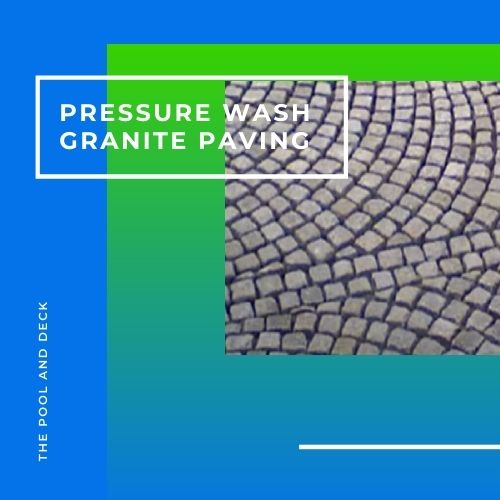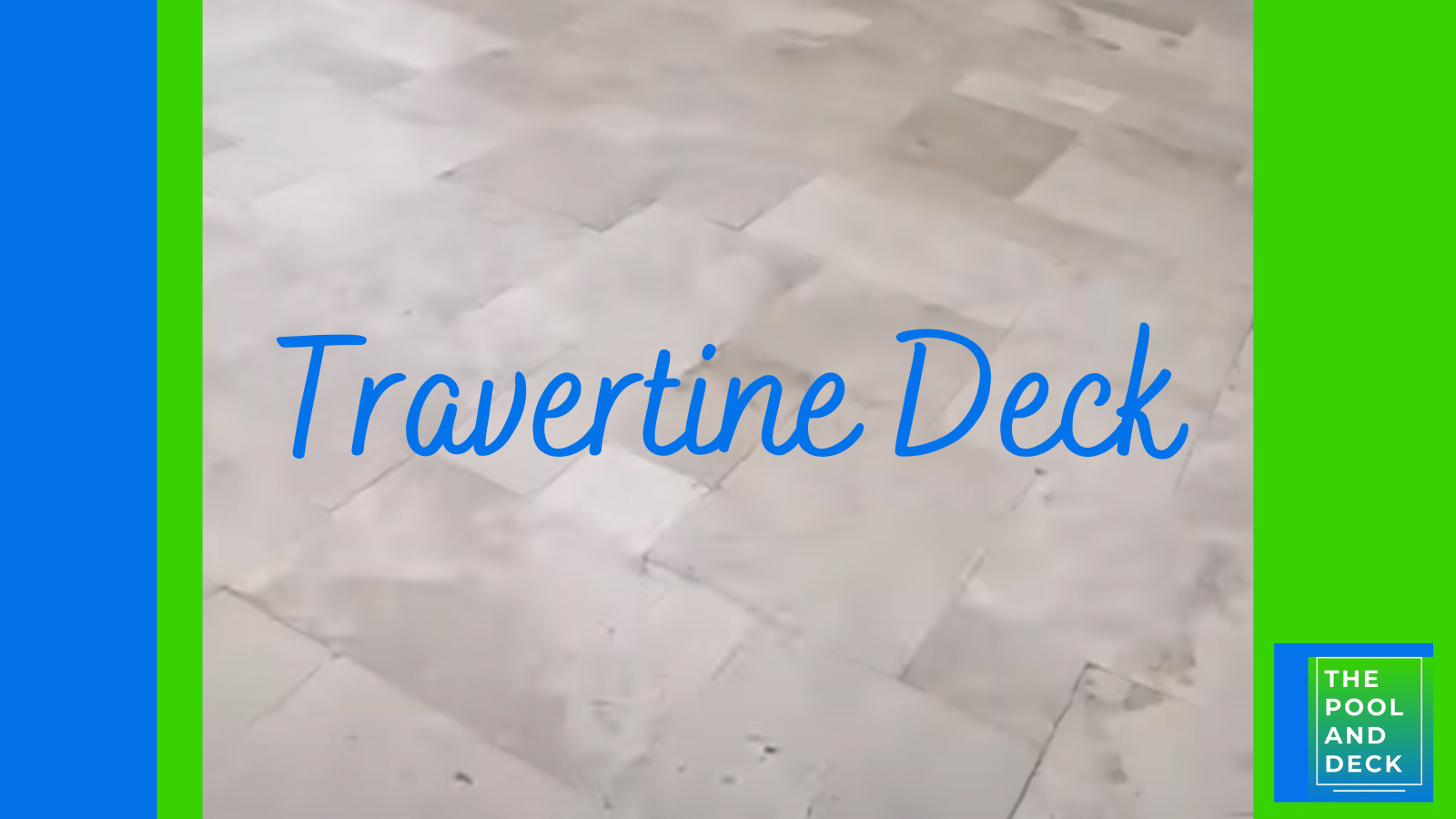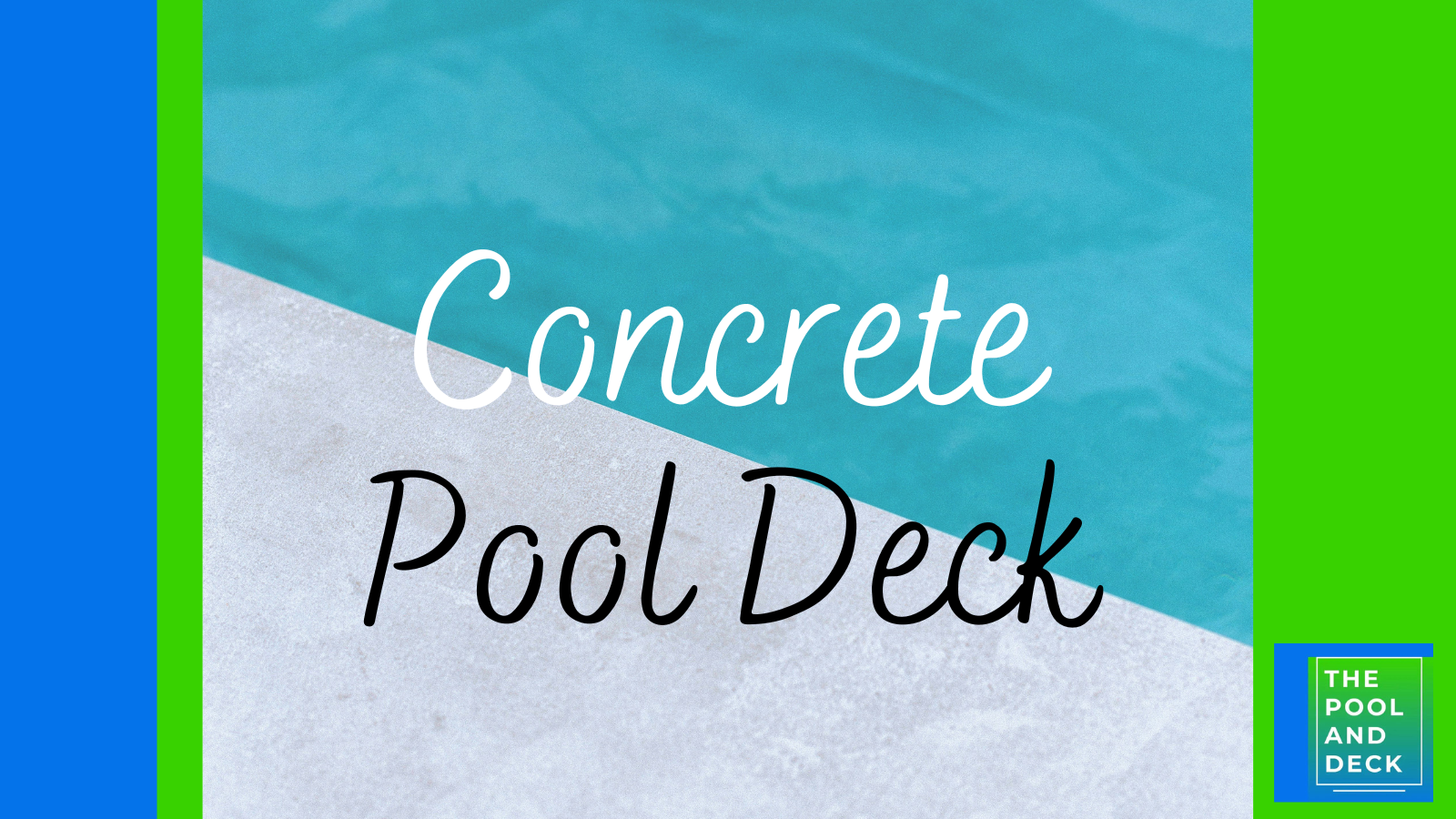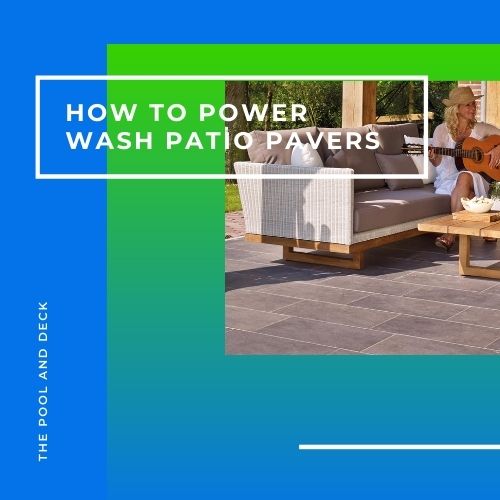Why Re-Sand Pavers; How To Do It & What Is The Best Sand?
As an Amazon Associate, I earn from qualifying purchases.
Table of Contents
Can You Re-Sand Your Pavers?
Pavers are a great way to cover outdoor space such as driveways, patios & pool decks. You need sand between the joints to keep pavers together & provide strength & integrity. But with time the sand gets depleted because of wind, rain, weeds & traffic. How do you fix that? Can you re-sand your pavers?
You can re-sand your pavers. In fact, you must re-sand your pavers every 2-3 years so that the surface remains level & intact. Loose sand between paver joints can result in water seepage & pooling, uneven decks or driveways and weed growth.
If the pavers are level and in good shape, then it is relatively easy to re-sand your pavers. You can do it yourself in a few hours.
However, if the pavers have not been re-sanded for some time, rain water or melting snow can seep through the paver joints. This can cause the sand bed below the pavers to sink nonuniformly. The paver surface will become uneven.
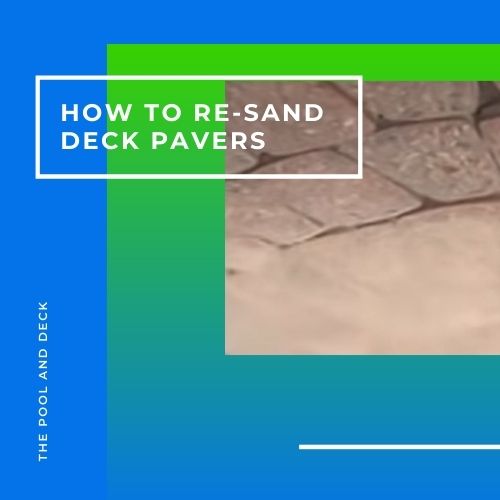
In such a situation the work of restoring the deck or driveway will be quite cumbersome. You will need to pull out the pavers, one by one and expose the sand bed. The sand bed will need to be re-leveled and pavers put back.
To avoid such a situation, re-sand your pavers in time and use the right paver sand.
How Often Should You Re-Sand Your Pavers?
You may need to re-sand your pavers, every two years on an average, if you use ordinary sand.
The time to re-sand pavers can be increased considerably, if you use polymeric sand. Polymeric sand between paver joints can remain in good condition for upto 10 years, on patios and pool decks with just foot traffic.
It is best to re-sand paver joints based on the actual conditions. Consider re-sanding when
- Some pavers get loose & wobbly
- There is abnormal weed growth between paver joints
- There are too many insects crawling in the sand between paver joints
- Sweeping or garden hose washing (50 psi) is dislodging the sand between paver joints
- The sand level between paver joints is below ICPI guideline*
*ICPI Guideline: The ICPI calls for joint sand to be between 1/8th and 1/4th inch below the chamfer edge of the brick paver (the beveled edge around the individual brick).
Which Is Better: Polymeric Sand or Regular Sand?
The main function of paver joint sand, whether regular or polymeric, is to ensure a firm, stable & durable bond between the pavers. Regular and polymeric sand have their pros & cons. What works better for a project may not work as well for another project.
Regular sand used for filling paver joints are also known as joint sand or leveling sand. As the name suggests, regular sand does not have any special additives. However, it does feature coarse sand particles that interlock to form a tough, long-lasting paver joint filler.
Polymeric sand, on the other hand, consists of fine sand mixed with silica additives. The additive gets activated when water is sprayed on the polymeric sand. It forms a hard, gel-like compound and creates a permanent bond between the sand particles.
Below is a Table comparing the key features of Polymeric & Regular sand for filling paver joints.
| FEATURE | POLYMERIC SAND | REGULAR SAND |
| Durability | Higher, can last for upto 10 years | Lower, will need re-sanding every 2 years |
| Bonding | More permanent and water impermeable | Less permanent and water permeable |
| Looks | Cleaner due to better bonding | Less clean as bond between sand particles is weak |
| Weed Control | Very Effective | Less Effective |
| Insect Control | Very Effective | Less Effective |
| Application | Easy but less forgiving of errors | Easy and more forgiving of errors |
| Cost | Expensive | Affordable |
It would seem that, apart from the cost, polymeric sand is better than regular sand if you want to re-sand your pavers.
When you re-sand pavers, especially natural stone patio or pool deck pavers, you do not have any polymeric sand on the deck before you spray water. Sand on the pavers will polymerize and result in a rough & hazy surface.
Also spray the water as a mist so that the polymeric sand in the joints is not pushed up and out. It will create rough joints when it forms a solid gel.
How Do You Re-Sand Paver Joints?
To re-sand a paver patio or deck with polymeric sand, use the following process:
- Use a stiff brush or a putty blade to remove as much of the sand & soil in the paver joints. A vacuum cleaner may also help in sucking out the remaining dirt & loose sand particles
- Spray the deck with water. The water will seep into the joints and cause it to settle. Let the deck dry for as long as possible
- Next spread polymeric sand over the deck making sure that it fills in all the joints
- Use a broom to remove any excess polymeric sand on the paver surface
- Use a fine brush to ensure no polymeric sand remains on the paver
- Spray mist of water on the deck.
Polymeric sand is a fine sand that is combined with additives that form a binding agent when exposed to water. Water activates the setting of the polymeric sand
Polymeric sand is great for pavers in 4 ways:
- Prevents weed growth from bottom
- Stops insects from burrowing from the top
- Keeps pavers together & prevents shifting
- Blocks water penetration
Check out Polymeric Sand for Paver Joints
Thank you very much for reading the post. I do hope you found it informative and helpful.

